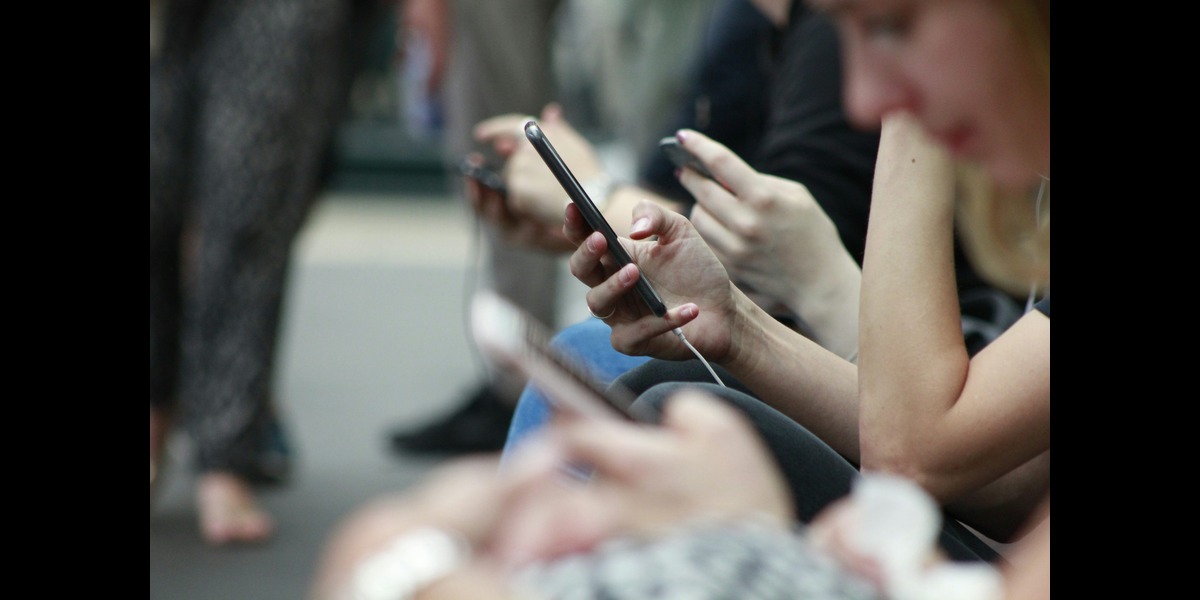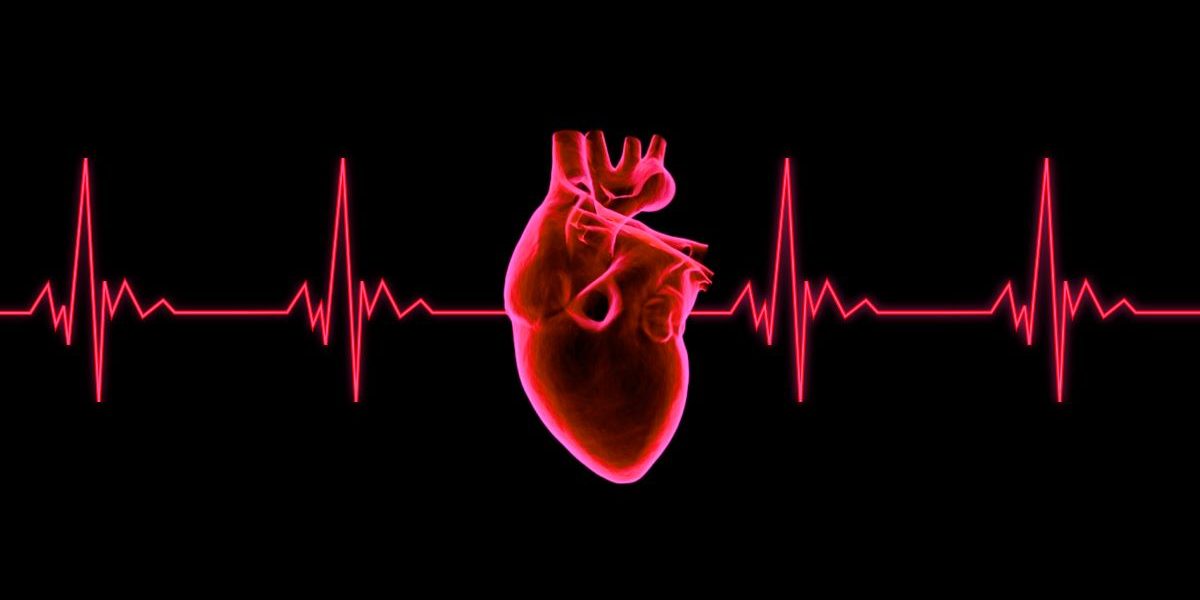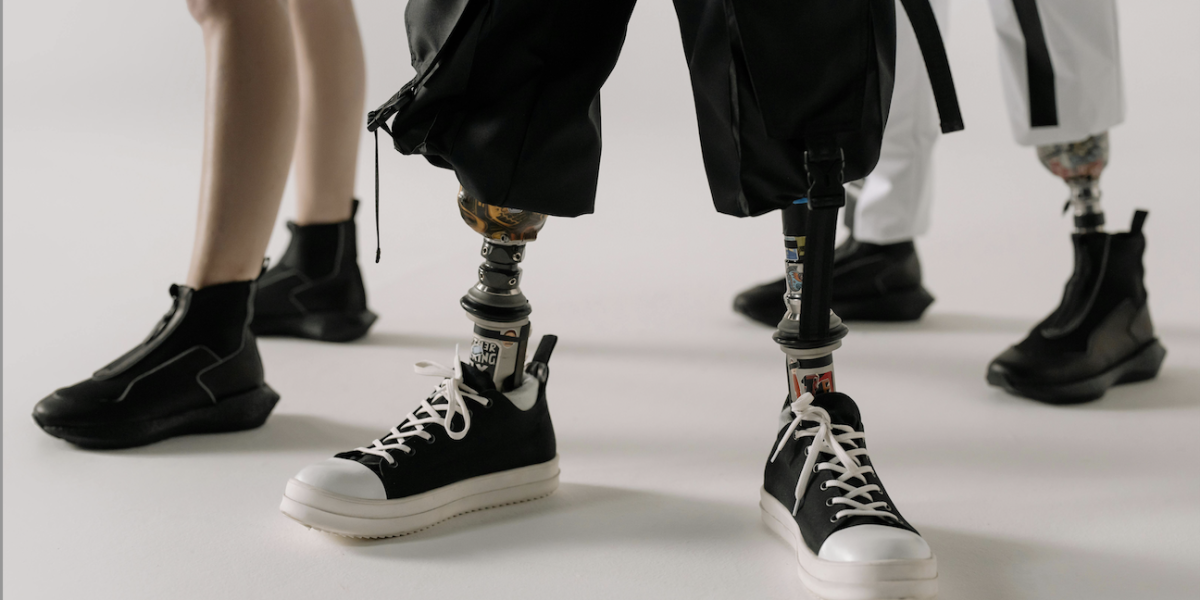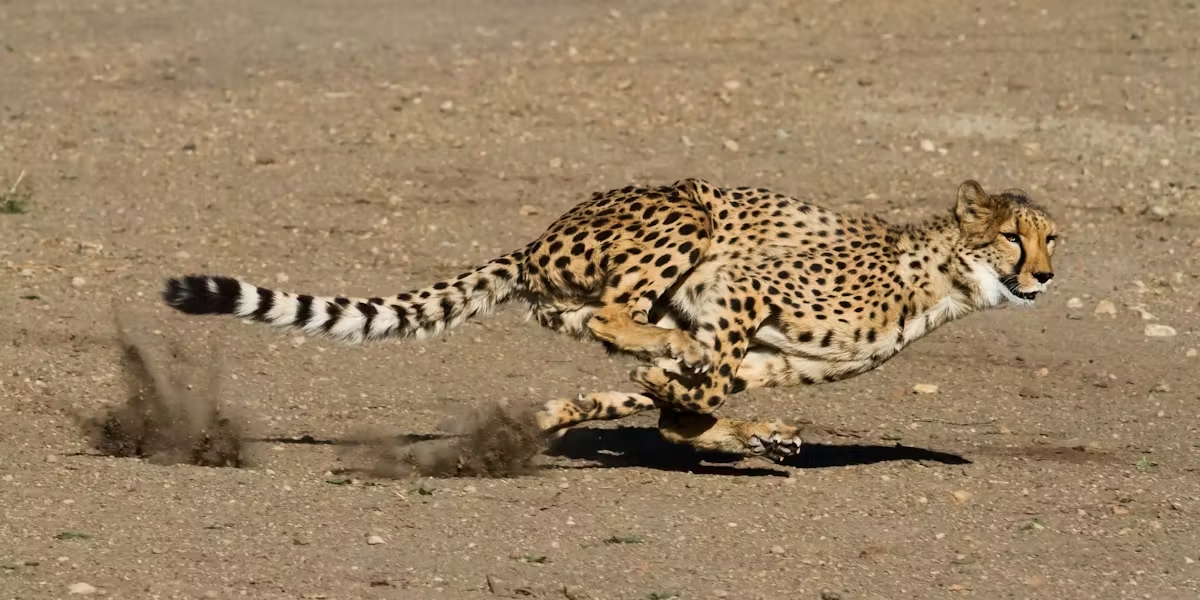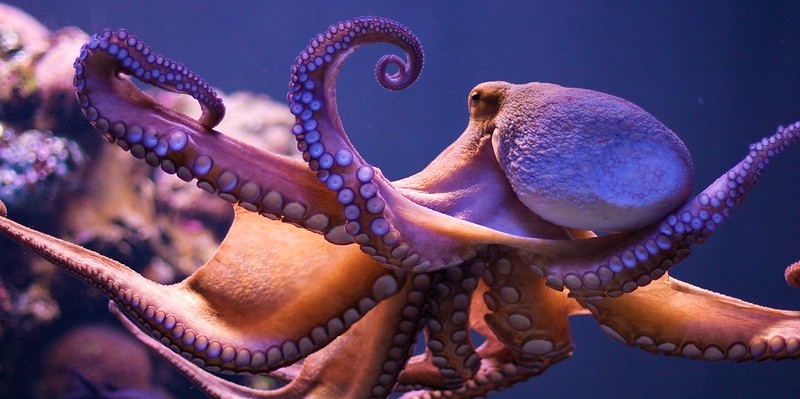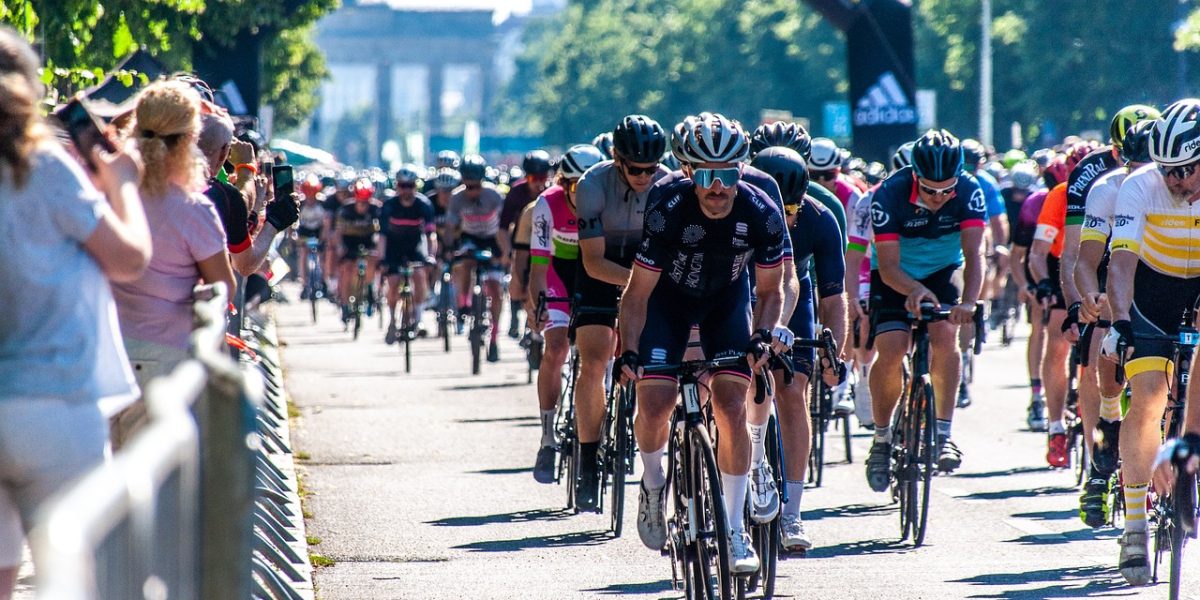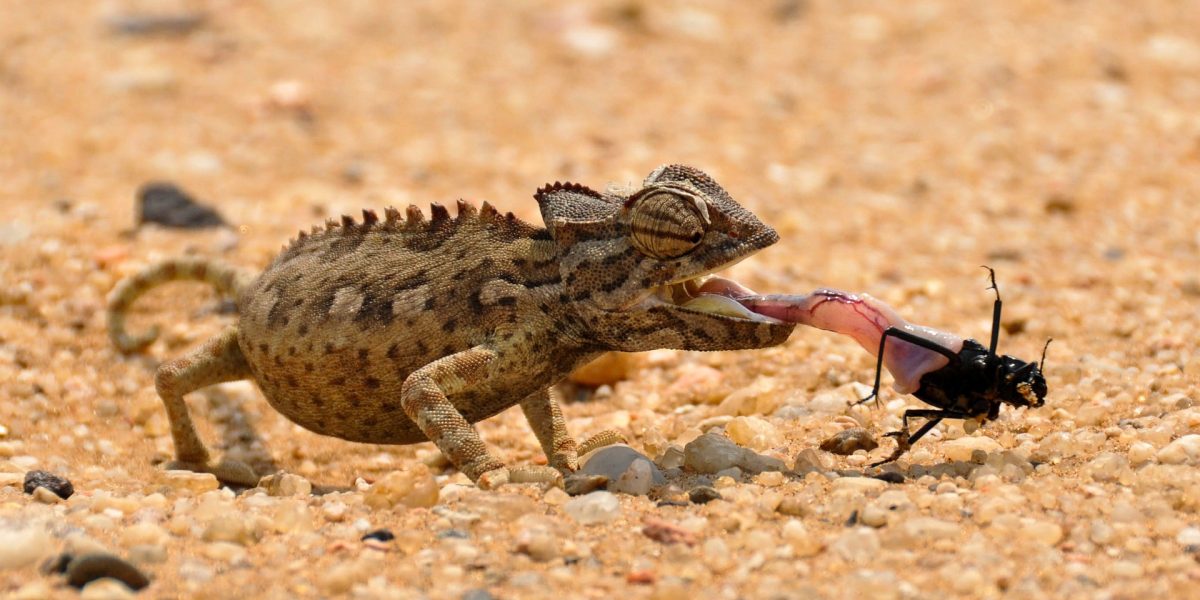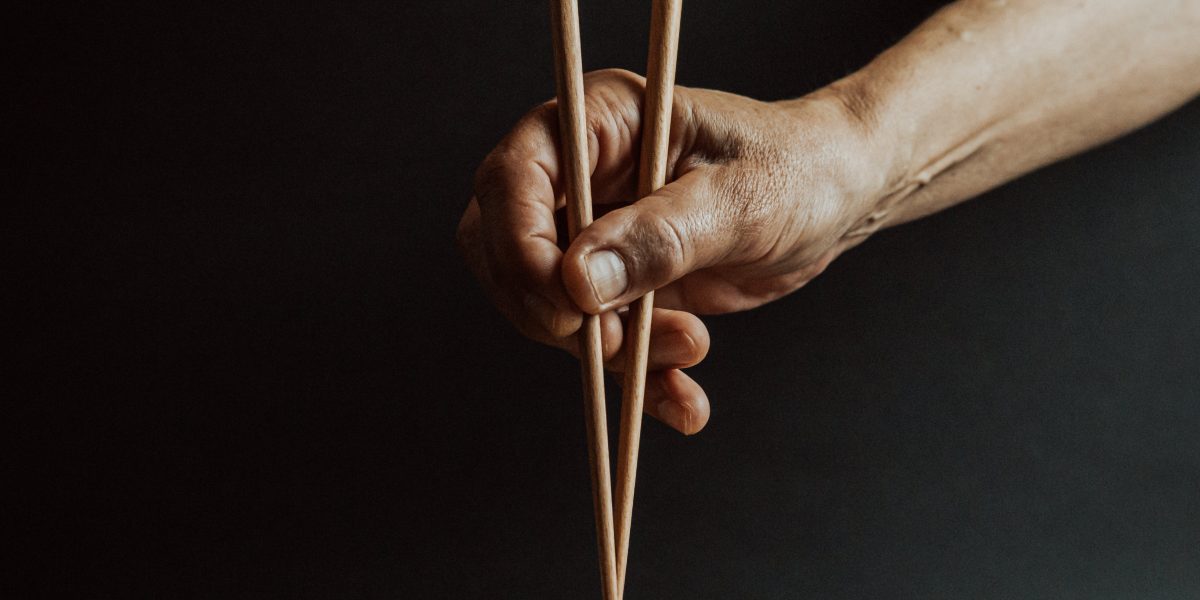Recently, a few studies(Inal et al. and Osailan) have been conducted on young people and adults regarding their pinch grip and hand grip strength. Shockingly those studies show that people who spend a long time using smartphones show very poor performance in their pinch and hand grip. We know our thumb is the finger used mostly for operating smartphones. It is also the most significant finger for any grip as well. Is it possible that the thumb is damaged permanently by overuse of a smartphone or is it just a correlation, not a causation?
Continue reading “Can Smartphone Overuse Permanently Damage Thumb Function?”Category: 2024 Fall
Using Vacuum Pressure to Heal Stroke & DVT Patients
Blocked blood vessels
Strokes are the 2nd leading cause of death worldwide. An estimated 795,000 people suffer a stroke every year in the United States. A stroke occurs when a blockage in a blood vessel leads to disruption or blockage of blood flow to the brain. Also, an estimated 350,000 people every year in the US suffer a deep vein thrombosis, which is when a blood clot forms in the deep veins often in the lower extremities. Venous clots can travel up the legs into the lungs or other vital organs, where they can become extremely dangerous or even fatal. When a blood vessel in a vital organ becomes occluded, blood flow must be restored as quickly as possible to return the patient to health.
There are two main procedural methods for removing blood clots from blocked arteries and veins: using tooling to extract the clot mechanically or using pressurized instruments to suck the clot mass out. Suction thrombectomies, also known as aspiration thrombectomies, are becoming more common because they have higher success rates of patient recovery.
READ MOREOsseointegrated Prosthetic Devices: What Are They and How Did We Get Here?
Prosthetic devices have been an option for limb-different individuals for thousands of years. Over the centuries, there have been countless discoveries that have led to the modern prosthetic leg. Today’s customary prosthetic leg is comprised of two main components: the socket and the device itself. The socket is often made of carbon fiber and is molded to the contours of the user’s residual limb. This socket is directly connected to the device itself, which includes an ankle and possible knee joint depending on the length of the limb. The socket serves as the connection point between the user’s residual limb and the prosthetic leg.
Continue reading “Osseointegrated Prosthetic Devices: What Are They and How Did We Get Here?”The Biomechanical Blueprint: How Cheetahs’ Bodies Are Engineered for Speed
The cheetah (Acinonyx jubatus) is the fastest land animal on earth reaching speeds of over 60 miles per hour (29 m/s). The cheetah is native to Africa and parts of the Middle East and is a predator of the impala, along with several other prey animals of the Savannah and Middle East. The biomechanics of the cheetah can help us understand how to create such high speeds in biological organisms and how to protect the body against high acceleration and decelerations.
Read more: The Biomechanical Blueprint: How Cheetahs’ Bodies Are Engineered for Speed Continue reading “The Biomechanical Blueprint: How Cheetahs’ Bodies Are Engineered for Speed”Aliens of the Ocean – How Can an Octopus Manipulate its Body So Well?
Nine brains, eight arms, three hearts, and zero bones – what on Earth could be built like this? The answer… an Octopus!
The octopus is a creature that not only intrigues the avid scuba divers of the world but many in the science community. Often referred to as a “sea alien” – the octopus is a creature that contains extraterrestrial looks and abilities. Regardless of their size, octopuses can morph themselves into incredible shapes and sizes to allow themselves to squeeze through small spaces or expand to demonstrate strength against possible predators. The purpose of this paper is to explore the unique muscular and connective tissue structure of octopuses and how this allows them to do so many out-ofworldly abilities.
Continue reading “Aliens of the Ocean – How Can an Octopus Manipulate its Body So Well?”Endurance Performance: The Biomechanics of VO2 Max and Muscle Fatigue in Endurance Sports
Endurance athletes, ranging from marathon runners to long-distance cyclists, are frequently faced with the mechanical limits of their muscles and bodies. But what sets these limits? A key limitation is the anaerobic threshold. The anaerobic threshold is the point at which the body shifts from aerobic to anaerobic metabolism, which causes a buildup of lactate and ultimately muscle fatigue. This is particularly an issue for endurance athletes because is limits the athlete’s ability to sustain force production and resist fatigue, lowering their endurance capabilities.
Read More: Endurance Performance: The Biomechanics of VO2 Max and Muscle Fatigue in Endurance Sports Continue reading “Endurance Performance: The Biomechanics of VO2 Max and Muscle Fatigue in Endurance Sports”How Do Chameleons Catch Food with Their Tongues?
Have you ever wondered how chameleons are able to shoot out their tongues, grab a snack, and bring it back to their mouths? That skill is all thanks to the chameleon tongue’s unique mix of special muscles. Their ability to use their tongue for grocery shopping is essential for their survival, and the way it works is fascinating!
Continue reading “How Do Chameleons Catch Food with Their Tongues?”Chopsticks and Simulations: How this combination can save millions and years in cancer research
Did you know that getting a single drug approved can take around 20 years and cost millions of dollars? This lengthy process includes rigorous in vitro (lab-based), in vivo (animal testing), and clinical trials to ensure safety and efficacy.
But what if I told you that scientists are working on advanced 3D in vitro cell culture models that could bridge the gap between traditional 2D cell cultures and animal testing? These innovative models can potentially revolutionize drug development, saving both time and money.
Continue reading “Chopsticks and Simulations: How this combination can save millions and years in cancer research”